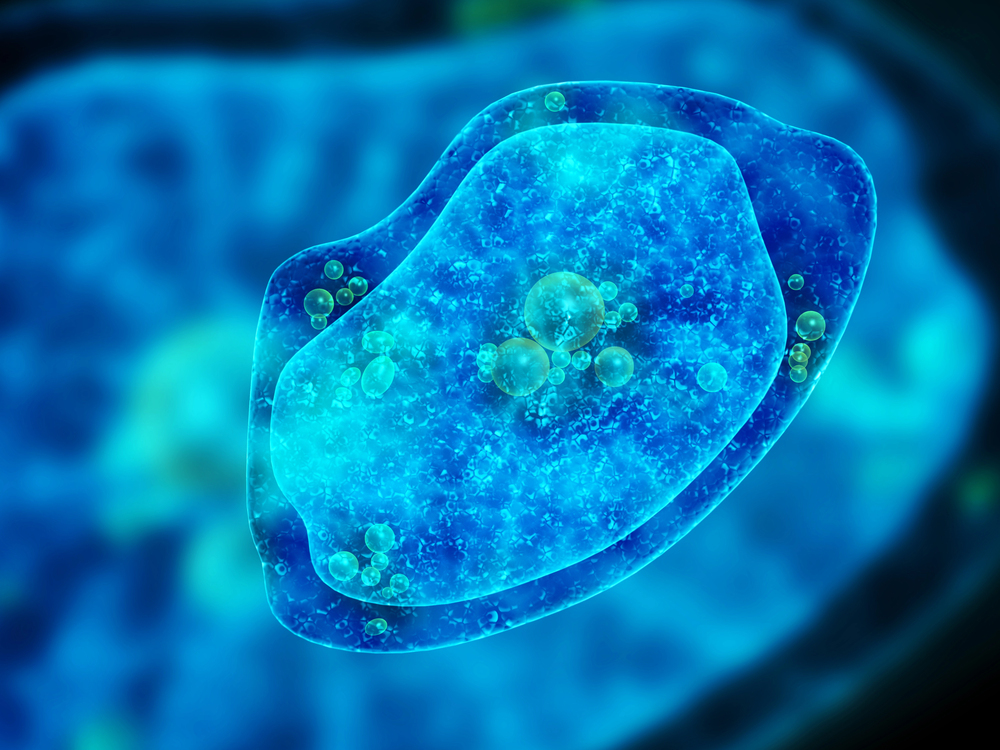
By Samhar Almomani, Publishing Associate: Researcher and Writer at Save the Water™ | August 17, 2025
Edited by Muhammad Afridi, Publishing Project Leader at Save the Water™
Amebas are single-celled organisms commonly found in nature, but some species can be dangerous. Naegleria fowleri is one such ameba. It lives in soil and warm freshwater environments, including lakes, rivers, ponds, and hot springs worldwide. Additionally, it can also be found in poorly maintained swimming pools, splash pads, and other recreational water areas, as well as in tap water.
If water containing ameba travels up the nose and into the brain, it can cause a serious illness called primary amebic meningoencephalitis (PAM) in humans. In the United States, PAM affects fewer than 10 people each year and is almost always fatal. Between 1962 and 2024, 167 cases were reported, with only four survivors.
Furthermore, infections typically occur in July, August, and September. The public, when using recreational freshwater, should assume the presence of ameba in warm waters and be aware of the risk involved.
Naegleria fowleri may be found in:
Additionally, PAM most often affects people who have recently:
Most commonly infected individuals include healthy children or young adults.
PAM starts suddenly and causes severe symptoms. These include high fever, strong headache, nausea, vomiting, trembling, stiff neck, and sensitivity to light. Mental confusion can appear quickly, and the illness often leads to coma. Furthermore, even with treatment, more than 97% of cases are fatal.
Symptoms of PAM usually begin 1 to 9 days after exposure, with a median onset of about 5 days. The infection does not spread from person to person. Transmission through organ transplantation from an infected donor is considered a possible but unproven risk.
A 12-year-old boy in South Carolina recently died from Naegleria fowleri after swimming in Lake Murray, about 15 miles from Columbia, S.C. Infections remain very rare but are almost always fatal.
Additionally, as of 2018, CDC researchers have documented 381 reported cases of PAM worldwide. The largest share occurred in the United States (41%), followed by Pakistan (11%), Mexico (9%), India (7%), and Australia (7%). Of these, 182 cases were confirmed in the lab, with only seven survivors. Fewer than 10 cases are documented each year nationwide.
To help prevent Naegleria fowleri infection, here are some steps to take:
Additionally, PAM most often affects people who have recently:
Lastly, if someone has been in freshwater and develops sudden symptoms such as fever, headache, stiff neck, or vomiting, seek medical care immediately. These symptoms are more often caused by illnesses like bacterial meningitis. Therefore, a quick evaluation is critical to rule out Naegleria fowleri to start treatment as soon as possible.